Optimal Timing for Foundation Repairs
Understanding the optimal timing for foundation repairs can help ensure the work is effective and long-lasting. Seasonal weather conditions, soil moisture levels, and temperature fluctuations influence when repairs should be scheduled. Proper timing minimizes disruption and enhances the durability of the repair work.
Spring offers moderate temperatures and increased soil moisture, which can facilitate certain types of foundation work. However, wet conditions may cause delays or complications.
Summer provides longer daylight hours and stable weather, making it a suitable time for many foundation repair projects. Care must be taken to avoid heat-related issues.
Fall can be ideal due to cooler temperatures and less rainfall, reducing the risk of weather-related delays. Soil moisture levels are often optimal for repairs.
Winter is generally less suitable due to freezing temperatures and frozen ground, which can hinder excavation and other repair activities.

Soil becomes moist and more workable, ideal for foundation work.
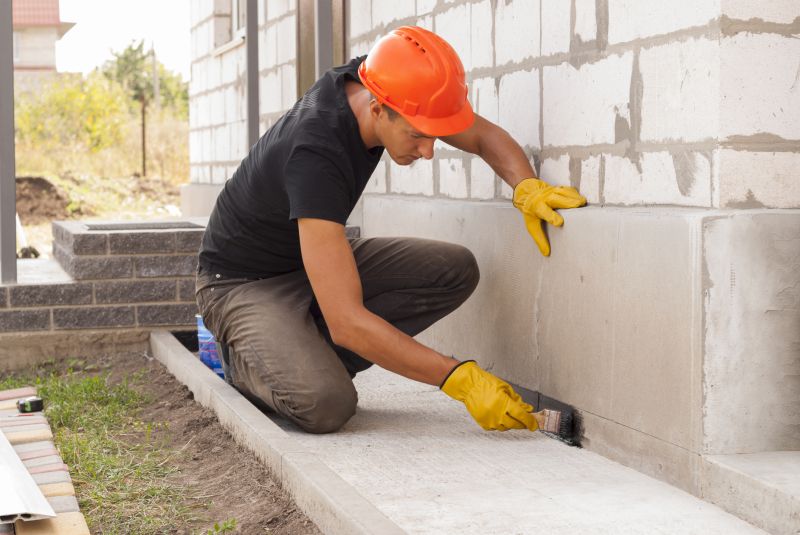
Longer days and warm weather support efficient repair projects.

Cooler temperatures and less rain create favorable conditions.
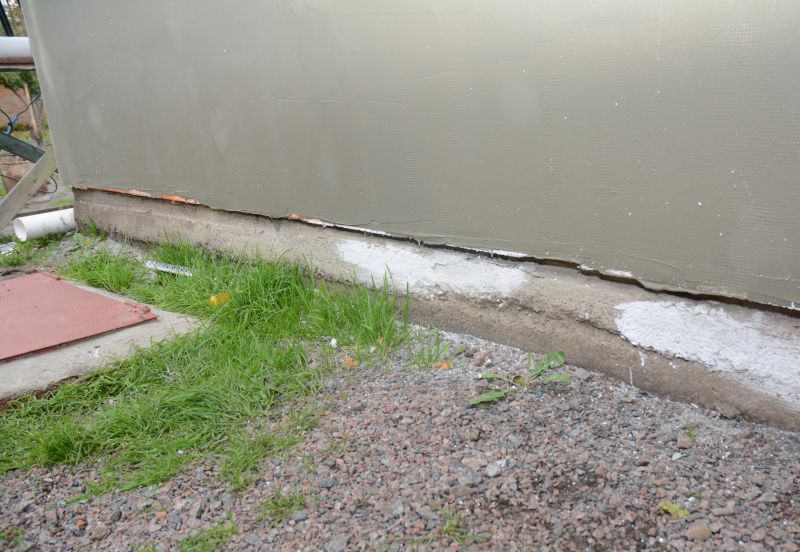
Ways to make Foundation Repairs work in tight or awkward layouts.
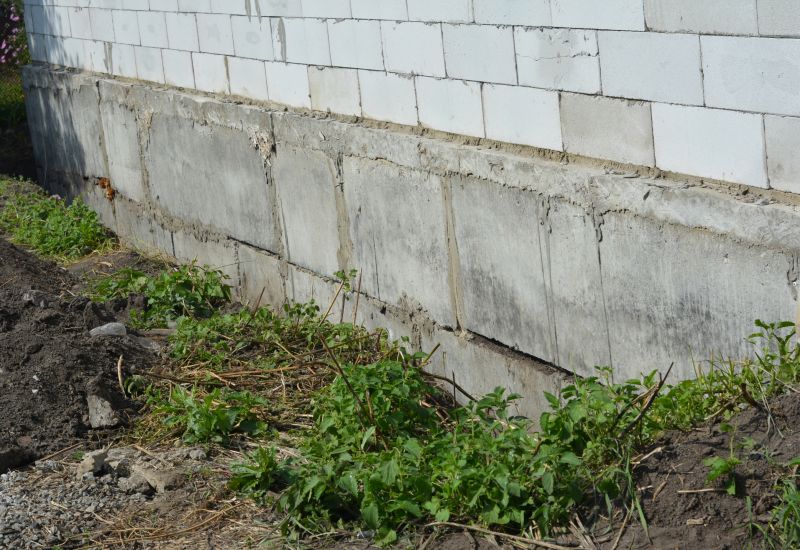
Popular materials for Foundation Repairs and why they hold up over time.
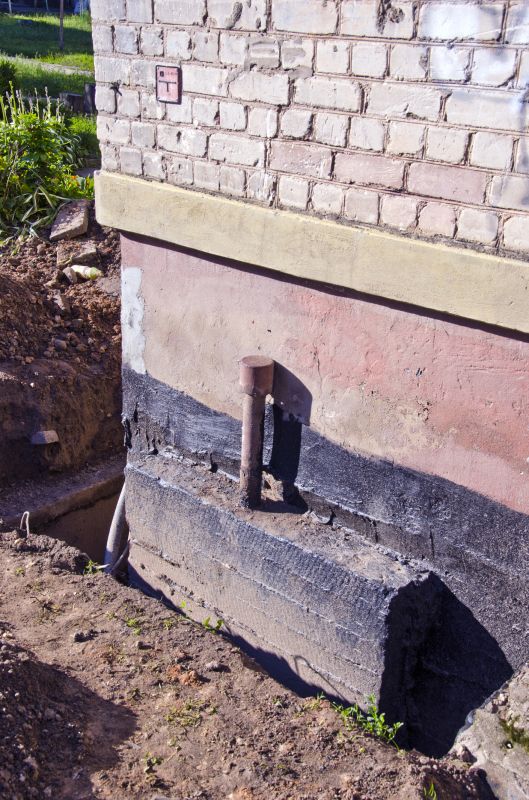
Simple add-ons that improve Foundation Repairs without blowing the budget.
| Season | Advantages |
|---|---|
| Spring | Moderate temperatures, increased soil moisture |
| Summer | Long daylight hours, stable weather |
| Fall | Cooler temperatures, optimal soil conditions |
| Winter | Limited suitability due to freezing ground |
Foundation repairs address structural issues caused by soil movement, water infiltration, and age-related deterioration. Proper timing ensures that repairs are effective and minimize the risk of future problems. Seasonal considerations, such as soil moisture and temperature, play a significant role in scheduling repairs. For example, soil expansion and contraction during different seasons can exacerbate foundation movement if repairs are delayed or improperly timed.

Workers performing underpinning to stabilize the foundation.

Applying soil treatment to prevent future movement.
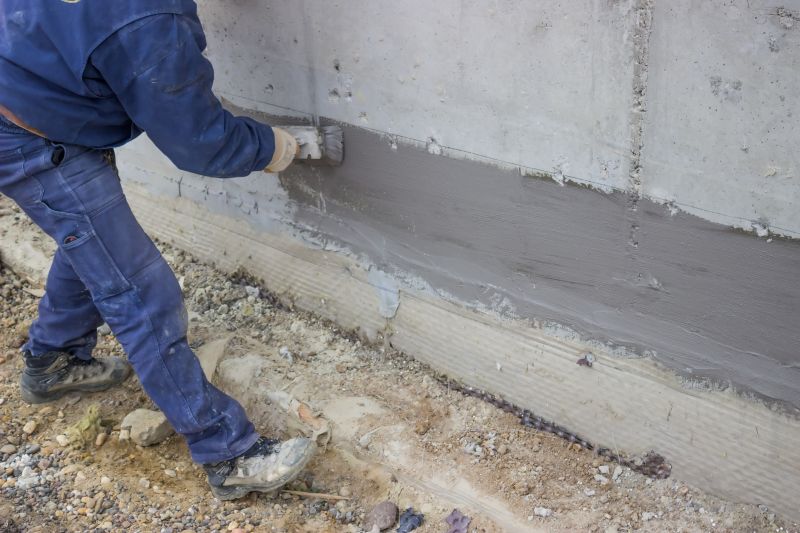
Sealing foundation cracks to prevent water infiltration.
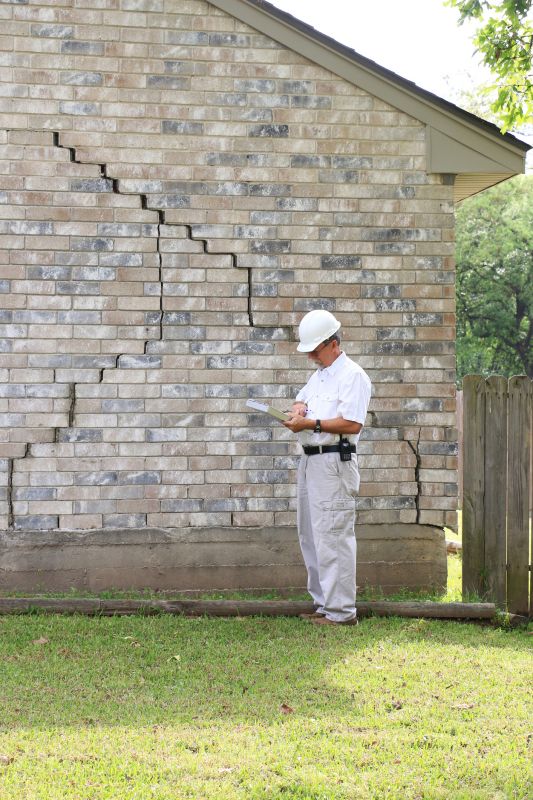
Detailed assessment to determine repair needs.

High-end options that actually feel worth it for Foundation Repairs.

Finishes and colors that play nicely with Foundation Repairs.

Little measurements that prevent headaches on Foundation Repairs day.

A 60-second routine that keeps Foundation Repairs looking new.

A frequent mistake in Foundation Repairs and how to dodge it.

Small tweaks to make Foundation Repairs safer and easier to use.

Lower-waste or water-saving choices for Foundation Repairs.

The short, realistic tool list for quality Foundation Repairs.
Timely foundation repairs are essential for maintaining structural integrity and preventing costly damage. Recognizing the best seasons and conditions for repairs can lead to more effective results. Regular inspections and understanding soil behavior are key components in planning successful foundation maintenance. If interested in scheduling foundation repairs, filling out the contact form provides a convenient way to initiate the process.

